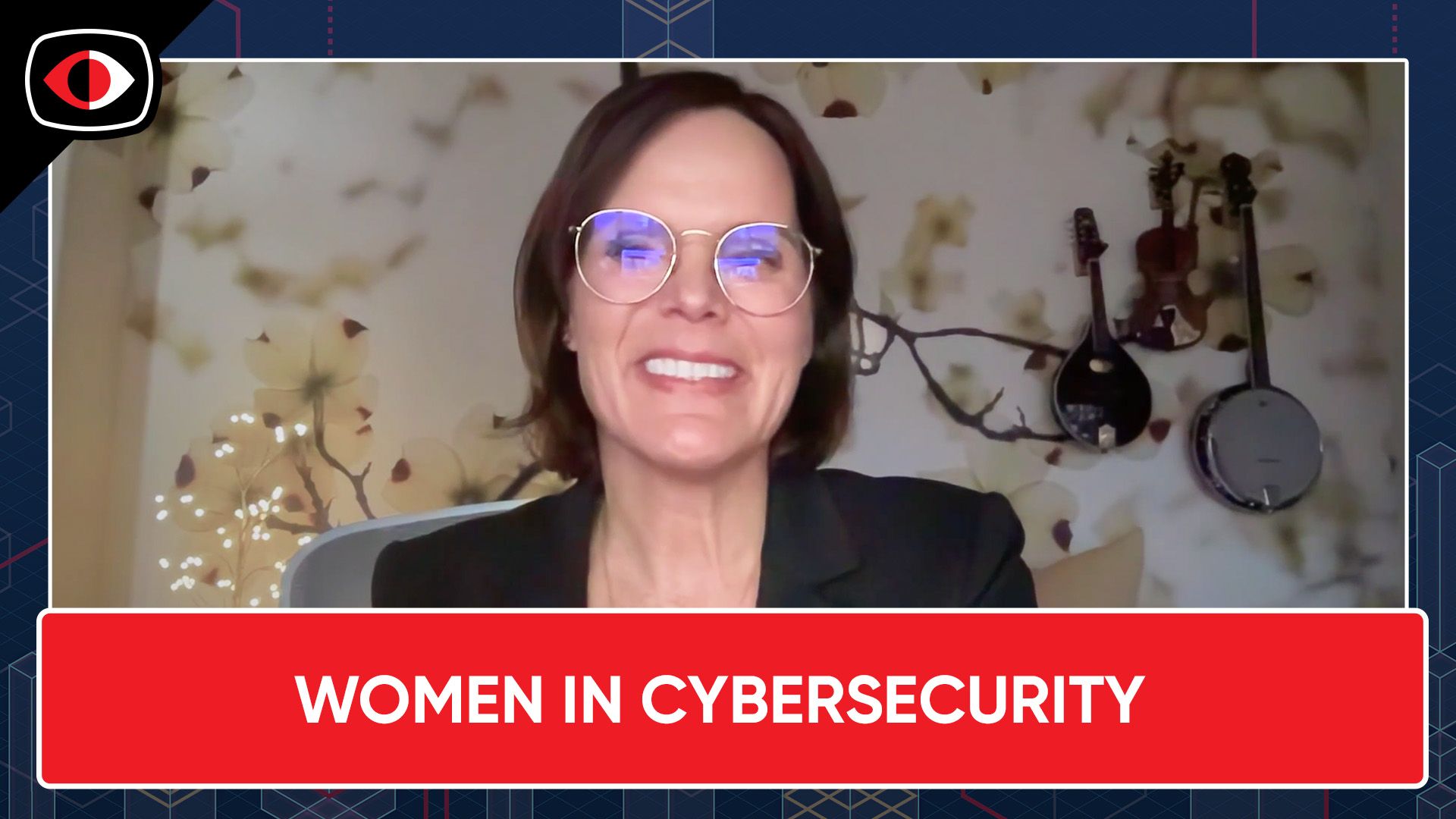Speak the Same Language, as Cybersecurity is Everyone’s Responsibility – BSW #382
This week, we tackle a ton of leadership and communications articles: Why CISOs and Boards Must Speak the Same Language on Cybersecurity, The Hidden Costs of Not Having a Strong Cybersecurity Leader, Why Cybersecurity Is Everyone’s Responsibility, Leadership is an Action, not a Position, and more!
Announcements
Security Weekly listeners save $100 on their RSA Conference 2025 Full Conference Pass! RSA Conference will take place April 28 to May 1 in San Francisco and on demand. To register using our discount code, please visit securityweekly.com/rsac25 and use the code 5U5SECWEEKLY! We hope to see you there!
Hosts
- 1. Why CISOs and Boards Must Speak the Same Language on Cybersecurity
When CISOs speak in technical terms and boards focus on financial outcomes, the disconnect can leave organizations vulnerable. Monica Landen, CISO of Diligent, explores how aligning these perspectives is essential to navigating today’s complex cybersecurity landscape.
- 2. Half of C-Suite leaders likely to leave in two years, 27% in six months — survey
A new Gartner survey of more than 200 C-level executives found 56% are “extremely likely” to quit their current jobs over the next two years — and 27% plan to exit within the next six months. The potential for a mass exodus of executives appears to be the result of burnout, renewed plans to retire and concerns over mental health as the business world struggles with new technologies and challenges.
- 3. The Hidden Costs of Not Having a Strong Cybersecurity Leader
Cyber threats are evolving rapidly, and businesses without strong cybersecurity leadership face significant risks. The financial burden of a cyberattack can be devastating, with the average cost of a data breach reaching $4.45 million in 2023. But beyond the immediate financial loss, companies suffer from reputational damage, legal issues, and operational disruptions. Without a cybersecurity leader to navigate these threats, businesses leave themselves exposed.
- 4. The CISO’s role in advancing innovation in cybersecurity
Collaborating with startups, acting as advisors and supporting innovators are some of the ways security leaders can play their part in fostering innovation in cybersecurity.
- 5. Why Cybersecurity Is Everyone’s Responsibility
The new era of cybersecurity accountability and regulation has yet to be fully disseminated throughout corporate culture and the broader public consciousness. Despite laudable industry efforts, strengthened government requirements, and a good deal more C-suite visibility, the message has yet to hit home everywhere: cybersecurity is everyone’s responsibility.
- 6. Building a Culture of Security: Employee Awareness and Training Strategies
Cybersecurity threats are growing more advanced, putting sensitive data, business operations and organizational reputations at risk. While technology like firewalls and encryption is vital, the human element remains a critical line of defense. Establishing a culture of security — where every employee actively contributes to protecting information — is key to building a strong shield against evolving cyber risks.
- 7. Why Cybersecurity Needs Probability — Not Predictions
While probabilities may be based on subjective information, when used in an objective framework, they demonstrate an effective way to improve the value of hard decisions.
- 8. How Can IT Leaders Drive Network Transformation?
The most important question you should ask before embarking on a cloud transformation journey isn’t about security. It’s about people and how open they are to change. Many C-level leaders neglect to ask if their IT team is adequately prepared for a transformation journey. Digital transformations are more likely to succeed when champions recognize at the outset that the biggest challenge to transformation strategy isn’t technical.
- 9. LEADERSHIP IS AN ACTION , NOT A POSITION
Leadership is often mistaken for a title or position of power. Many believe that becoming a manager, CEO, or team leader automatically makes them a leader. But true leadership isn’t about authority—it’s about action. It’s about how you inspire, influence, and serve others, regardless of your official role. Leadership isn’t granted; it’s demonstrated through consistent effort, responsibility, and care for those around you.
- 10. Don’t Let Bad Time Management Undermine Your Leadership
According to a survey by SHRM, 84% of workers believe poorly trained managers create unnecessary work and stress. And poor time management is a huge factor. When you’re not in control of your own time, you can end up overloading your team, creating unnecessary emergencies, and neglecting to provide essential support.
Even though you’re working hard and have good intentions, you still may be stressing out or demotivating direct reports. As a manager, you owe it to yourself and your team to commit to improving these five time management flaws: assigning your team work without a clear understanding of their existing workload, asking for help at the last minute, not setting boundaries with upper management, never being available to your direct reports, and not taking the time to give credit and positive feedback.







